Bali’s line-caught fish is the star of the fourth dish on the multi-course menu at a Four Hands dinner at Rumari, Jimbaran, Bali. The feast was a collaboration between Chudaree “Tam” Debhakam of Baan Tepa (recently crowned Asia’s Best Female Chef 2025) and Gaetan Biesuz of Rumari.
Both chefs are known as proponents of local produce, so it was only natural that the Fish Clear Soup, a rose-shaped sliced fish, submerged in a tangy tom zap broth, was made from the island’s line-caught, cured bonito. “They come from Pak Oka, the best local fish supplier we found in Bali by far,” adds Biesuz.
If you spend enough time around chefs, the topic of where they source their fish inevitably comes up. From Jakarta to Bali, top fine-dining restaurants have been relying on Pak Oka and his community of fishers for ethically line-caught, sashimi-grade fish. With the right techniques and a chef’s expertise, Bali’s seafood bounty can now be found in Ubud’s newest Japanese restaurants, a Latin American eatery in Canggu, or even Jakarta’s hottest Catalan spot. So, who is Pak Oka, and how did he come to supply premium fish directly to the hands of top chefs?
Line-caught, fresh fish
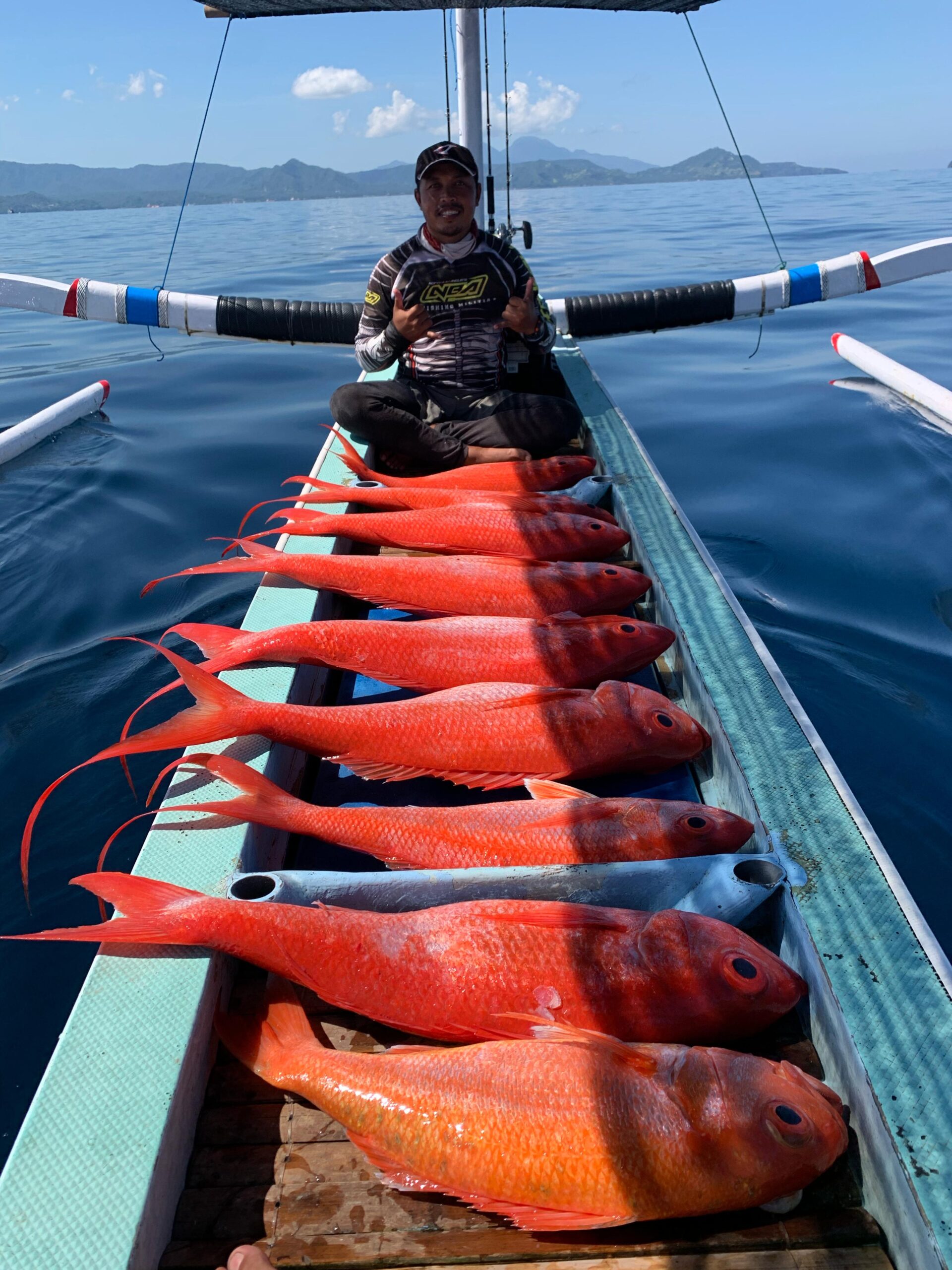
I Made Oka Darsana has always had a deep passion for fishing. He often took visitors on fishing trips, capturing action-packed moments on YouTube, where his channel boasts over 38,000 subscribers. Sailing in a jukung, a traditional wooden outrigger canoe, viewers could watch in excitement as he reeled in giant amberjacks or ruby snappers. Through observing how Japanese fishers handle their catches and preserve the fish in pristine condition, Oka learned the art of the ikejime butchery technique.
In 2021, Oka crossed paths with chef Ryan Theja, who encouraged him by pointing out the vast market for premium local fish from Bali—provided it was prepared properly. In 2022, Oka shifted his focus to selling Fresh Fish, working closely with chefs who understood that quality always trumps quantity when it comes to line-caught, fresh fish.
Despite Indonesia being a top global fish producer, fish handling remains a challenge. Fishers typically catch their fish and store it in a simple box of ice. By the time it reaches the storage unit, the quality of the fish has often deteriorated. This systemic issue with fish handling and distribution has made frozen seafood the industry standard for food safety in most hotels and restaurants. While there’s nothing inherently wrong with serving dishes made from frozen fish, isn’t it a bit ironic when these hotels and restaurants are situated in an archipelago with such a rich and abundant marine ecosystem?
Bali-style ike jime
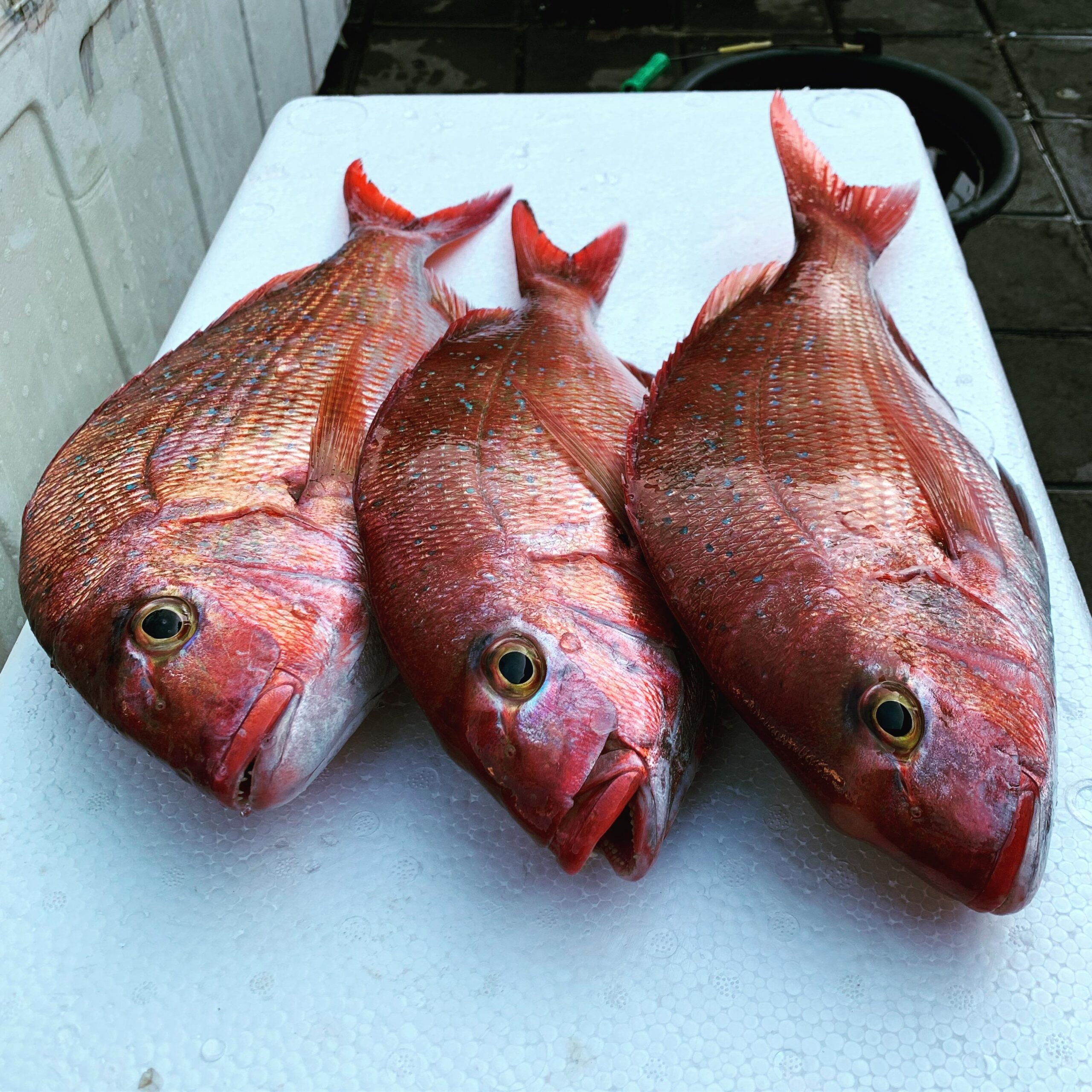
Ike jime, a fish preparation method that dates back at least three centuries, was developed by Japanese fishers to optimise the taste and texture of the fish they caught. It is now a culinary standard in Japan and has been widely adopted in many countries around the world. The ike jime method might seem gruesome but it is believed to be a humane and swift way to euthanise the fish without causing too much stress after being removed from the waters.
Oka patiently teaches fishers in Bali to apply the ike jime method to their catches. “I told them that by applying this method, they can earn half as much and spend less time fishing. All it takes is just a little bit of extra effort,” says Oka.
First, the fishers must precisely and swiftly spike the fish’s brain so it does not experience the stress of suffocation. The second step is exsanguination, done by severing the main artery behind the gill with a knife and letting it bleed in a box of seawater, then after the bleeding stops, the fish needs to be stored in a box filled with ice and fresh seawater. “The fishers must do these steps, otherwise, I won’t take it. They know that I know if they skip it,” adds the Buleleng native. These crucial steps allow the fish to age naturally and retain its texture and colour.
By now, Oka works closely with 120 fishers from all over Bali. With a handling capacity of a maximum of 300 kilograms of fish per day, his storage facility in South Denpasar is busy every day of the week. “When the weather is good, fishers sail in different shifts, day and night, all over Bali’s waters. I have to be on standby in the location to check and sort the fish one by one. This is why I hardly have free time to fish these days,” he adds.
The purity of flavours at Hakkoku, Ubud
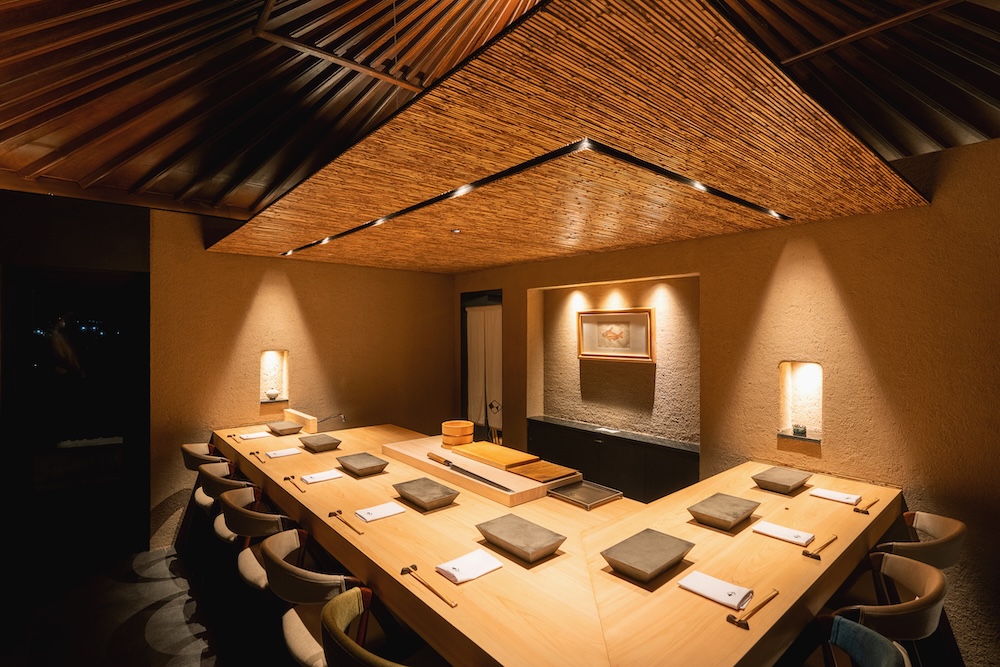
There is no better way to appreciate the taste and texture of the fish than by eating it raw. At Hakkoku, an eight-seater Japanese restaurant in Ubud, local fish are featured predominantly in the 20-course sushi omakase menu. It is the sister restaurant of Hakkoku in Tokyo, which opened in 2018 and is led by chef-owner Hiroyuki Sato.
Before opening its doors last year, head chef Putu Mertaoka Atmaja had been learning from the sushi master at Hakkoku restaurant in Ginza. Bringing 15 years of Japanese culinary experience, he is on a mission to map and discover the seasonal availability of the local fish. “Today, apart from uni, ikura, and bluefin tuna from the Toyosu fish market in Tokyo, the rest are sourced locally,” says the chef proudly.
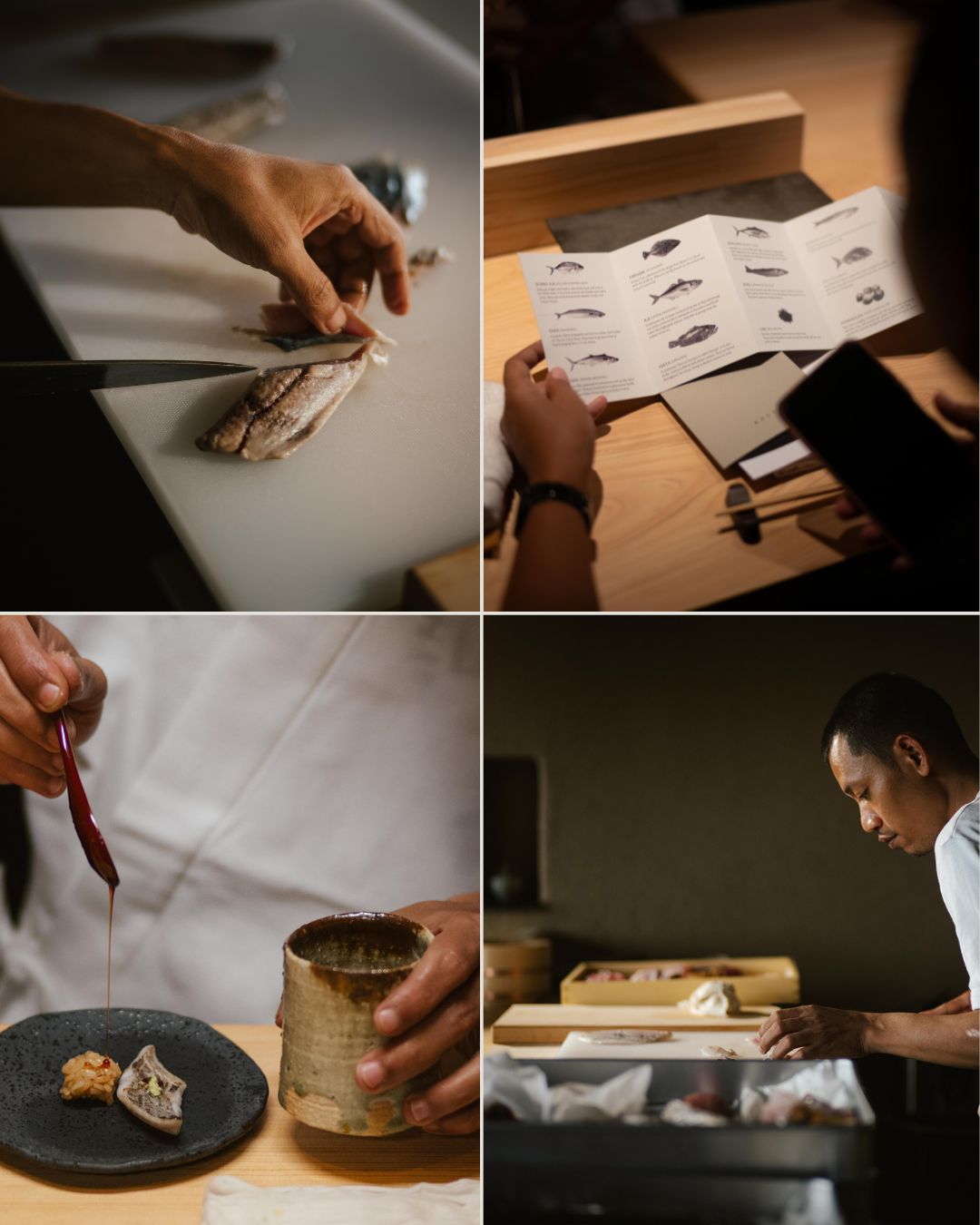
Diners are given two booklets on the table. One is the menu and the other is a folded booklet of seafood varieties with illustrations, geographical locations, and their names in Japanese, English, and Indonesian. Then, the omakase begins. There are Aji (horse mackerel or ikan kembung), the highly-prized Kinmedai (golden eye snapper), Kani (mud crab), grilled Tachiuo (beltfish or ikan layur), lightly seared Sawara (commonly called ikan tenggiri or Spanish Mackerel), Hata (grouper), Katsuo (bonito or ikan cakalang), and other dishes that Indonesians are familiar with but never thought would see in a fine omakase menu.

The two-hour lunch goes fast as diners witness how the chef beautifully showcases the artistry, dexterity, and omotenashi required from a taishou. Armed with fresh wasabi root vegetables from Dieng and a premium supply of fish from dedicated fishers such as Oka, Hakkoku is just getting started. It is an exciting time for the local seafood to shine.
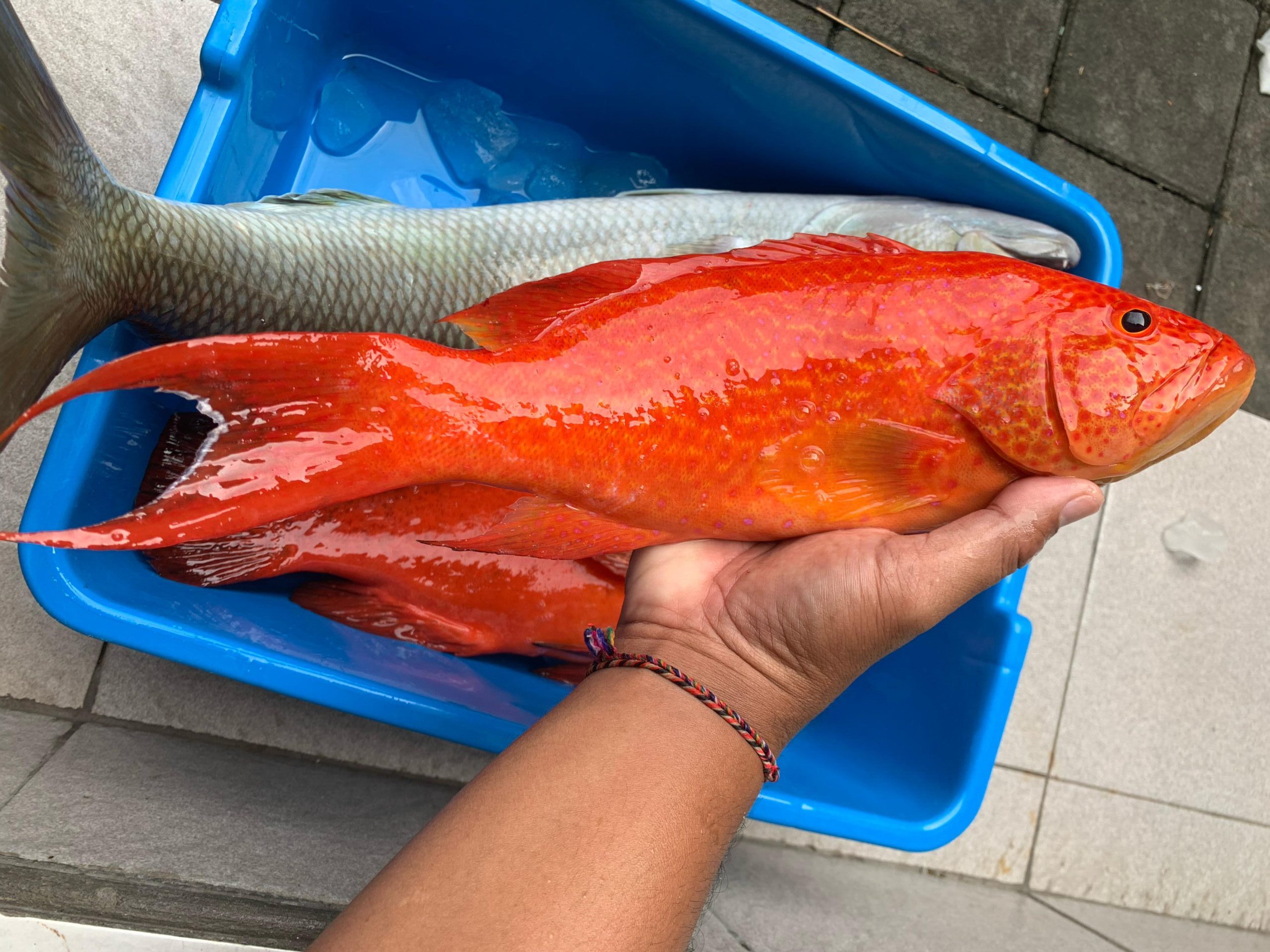
A Guide to Fish Harvesting Season in Bali
by I Made Oka Darsana
There are 200 types of edible fish available in the surrounding waters of Bali. They are classified into two categories: pelagic and demersal. Pelagic fish (such as trevally, bonito, mackerel, tuna, and mahi mahi) live on the surface of the water while the demersal fish (such as grouper, snapper, and sea bream) live on the bottom of the sea.
January – February
Unpredictable weather, weather-related hazards
Demersal fish
March – May
Transitional season
Demersal and pelagic fish
June – September
Pelagic fish
October – December
Demersal fish
